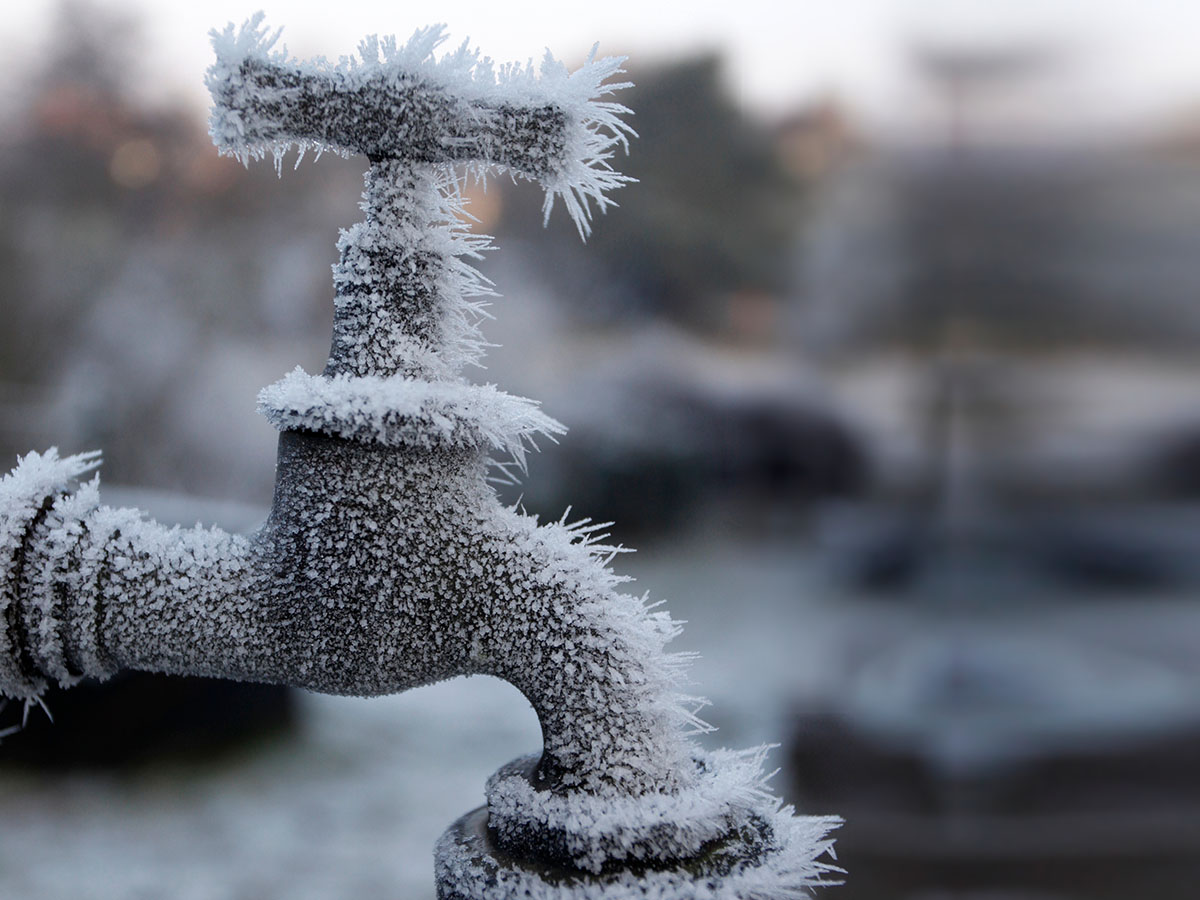Ways to Defend Plumbing System from Cold Weather: Essential Tips
Ways to Defend Plumbing System from Cold Weather: Essential Tips
Blog Article
How do you feel on the subject of Winter Plumbing Precautions: Preventing Frozen Pipes?

Cold weather can wreak havoc on your pipes, specifically by freezing pipes. Right here's just how to prevent it from occurring and what to do if it does.
Intro
As temperatures drop, the risk of icy pipelines rises, potentially bring about costly repair work and water damages. Comprehending exactly how to stop icy pipelines is vital for homeowners in cool environments.
Avoidance Tips
Shielding prone pipes
Wrap pipelines in insulation sleeves or make use of warm tape to secure them from freezing temperature levels. Focus on pipes in unheated or outside areas of the home.
Home heating strategies
Keep interior areas sufficiently heated, specifically areas with pipes. Open closet doors to enable cozy air to circulate around pipelines under sinks.
How to determine frozen pipes
Seek reduced water circulation from taps, unusual odors or sounds from pipelines, and visible frost on subjected pipelines.
Long-Term Solutions
Architectural adjustments
Think about rerouting pipelines far from outside wall surfaces or unheated areas. Add additional insulation to attics, basements, and crawl spaces.
Upgrading insulation
Purchase high-grade insulation for pipelines, attic rooms, and wall surfaces. Correct insulation aids keep regular temperature levels and lowers the threat of icy pipelines.
Safeguarding Outside Plumbing
Yard pipes and outside faucets
Separate and drain pipes garden tubes before winter season. Mount frost-proof spigots or cover outdoor taps with shielded caps.
Comprehending Icy Pipelines
What causes pipes to ice up?
Pipes freeze when revealed to temperatures below 32 ° F (0 ° C) for expanded periods. As water inside the pipelines freezes, it broadens, putting pressure on the pipe wall surfaces and potentially creating them to burst.
Dangers and problems
Icy pipes can result in water disruptions, building damage, and costly fixings. Ruptured pipelines can flooding homes and create extensive structural damages.
Signs of Frozen Pipes
Identifying icy pipelines early can stop them from rupturing.
What to Do If Your Pipes Freeze
Immediate actions to take
If you suspect frozen pipelines, keep faucets open to soothe stress as the ice melts. Use a hairdryer or towels taken in hot water to thaw pipelines slowly.
Conclusion
Protecting against frozen pipelines needs proactive procedures and quick actions. By understanding the reasons, signs, and safety nets, homeowners can secure their pipes during cold weather.
6 Proven Ways to Prevent Frozen Pipes and Protect Your Home
Disconnect and Drain Garden Hoses
Before winter arrives, start by disconnecting your garden hoses and draining any remaining water. Close the shut-off valves that supply outdoor hose bibs and leave the outdoor faucet open to allow any residual water to drain. For extra protection, consider using faucet covers throughout the colder months. It’s also important to drain water from any sprinkler supply lines following the manufacturer’s directions.
Insulate Exposed Pipes
Insulating your pipes is an effective way to prevent freezing. Pipe insulation is readily available at home improvement stores and is relatively inexpensive. Pay close attention to pipes in unheated areas such as the attic, basement, crawl spaces, or garage. Apply foam insulation generously to create a buffer against the cold. You can also wrap your pipes in heat tape or thermostat-controlled heat cables for added warmth.
Seal Air Leaks
Inspect your home for any cracks or openings that could let in cold air. Seal any holes around the piping in interior or exterior walls, as well as the sill plates where your home rests on its foundation. Additionally, make sure to keep your garage door closed unless you’re entering or exiting. Leaving it open creates a significant air leak that can lead to frozen pipes.
Allow Warm Air Circulation
During cold snaps, it’s essential to allow warm air to circulate evenly throughout your home. Leave interior doors ajar to promote better airflow. Open kitchen and bathroom cabinets to help distribute heat consistently around the rooms. If you have small children or pets, be sure to remove any household chemicals or potentially harmful cleaners from open cabinets for safety.
Let Faucets Drip
A small trickle of water can make a big difference in preventing ice formation inside your pipes. When temperatures drop significantly, start a drip of water from all faucets served by exposed pipes. This continuous flow helps prevent the water from freezing. Additionally, running a few faucets slightly can relieve pressure inside the pipes, reducing the chances of a rupture if the water inside does freeze.
https://choateshvac.com/6-proven-ways-to-prevent-frozen-pipes-and-protect-your-home/

As a reader on Preventing and dealing with frozen pipes, I think sharing that piece of content was worthwhile. Are you aware of anybody else who is truly interested in the niche? Take a moment to share it. Thank you for going through it.
Schedule And Pricing Report this page